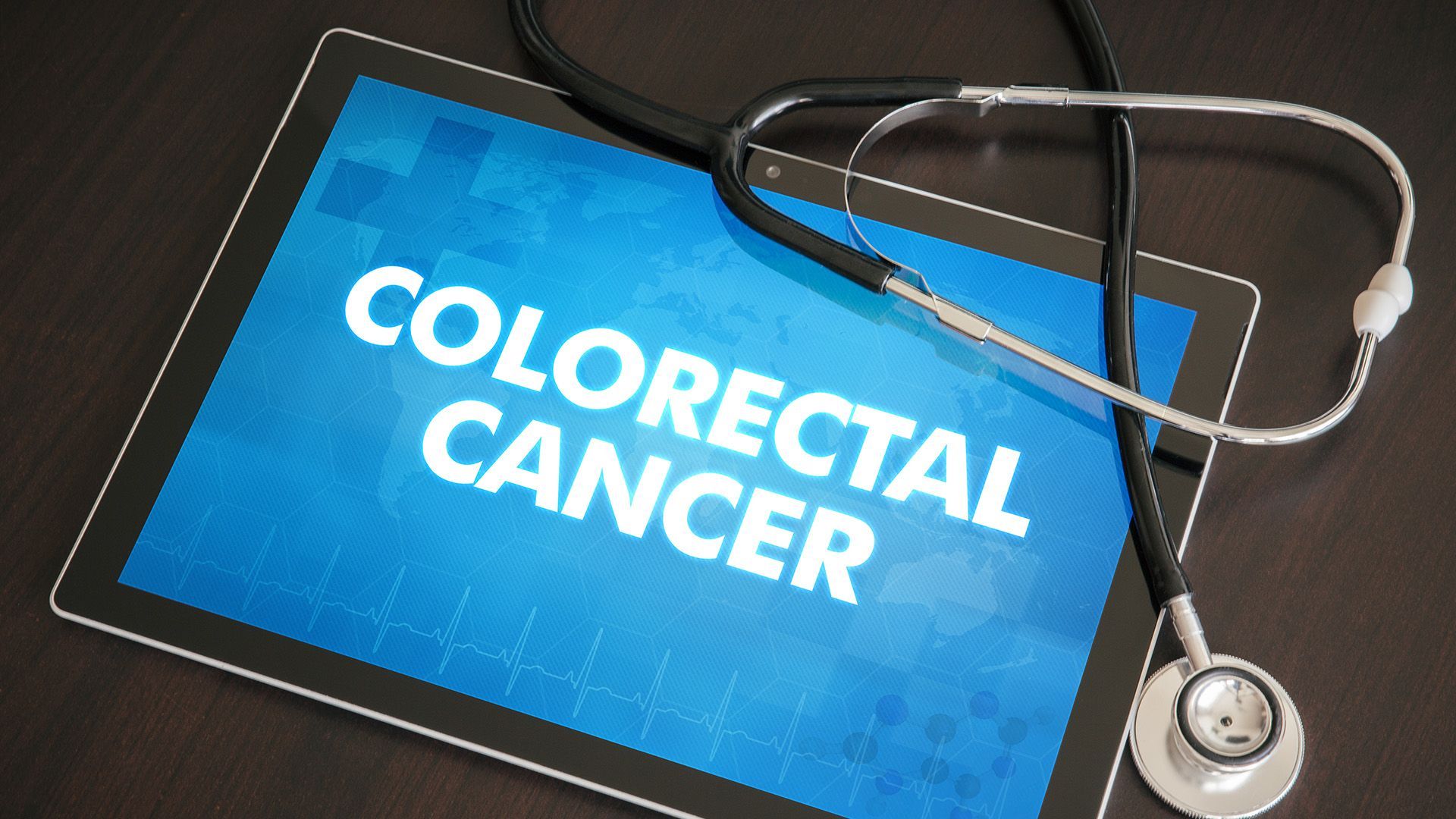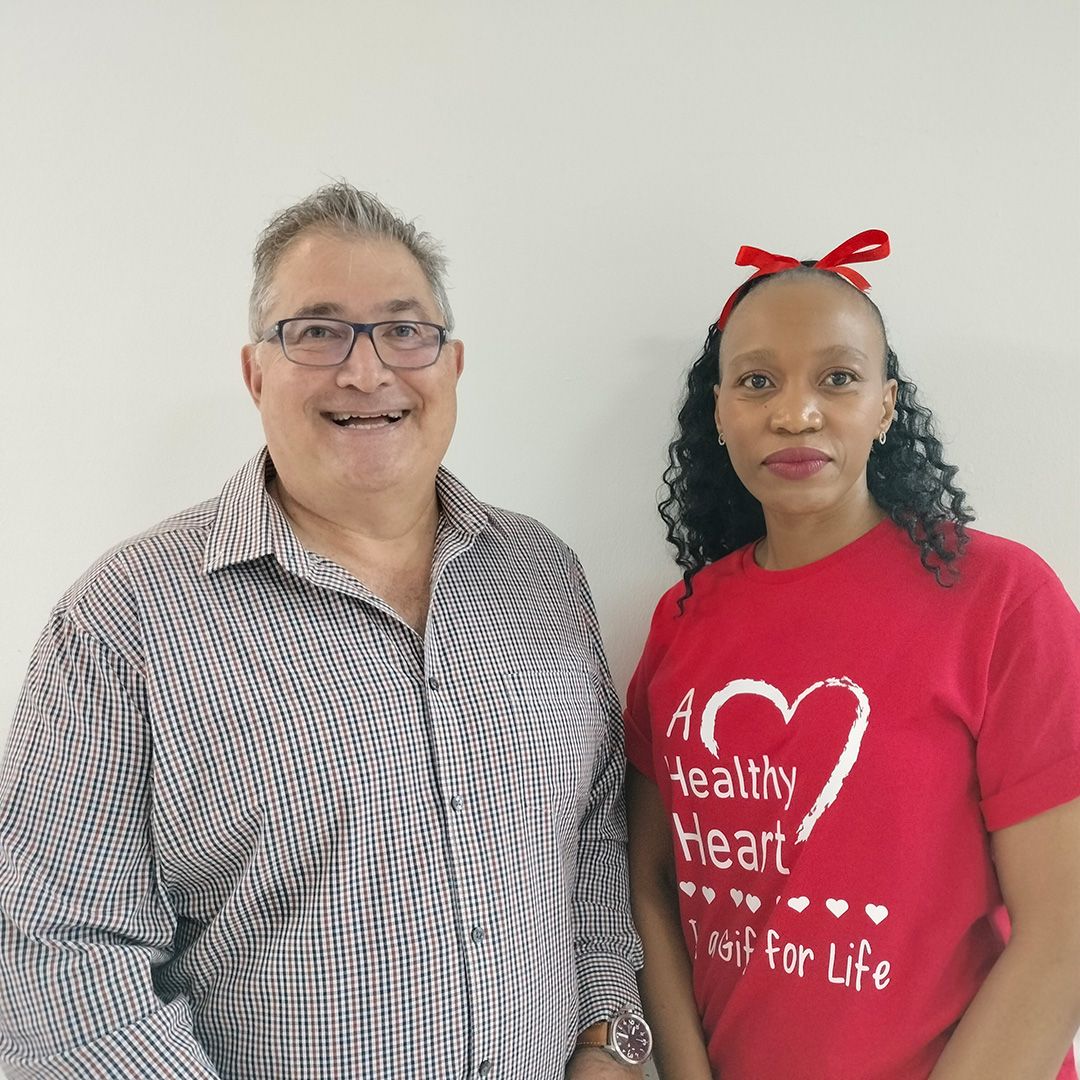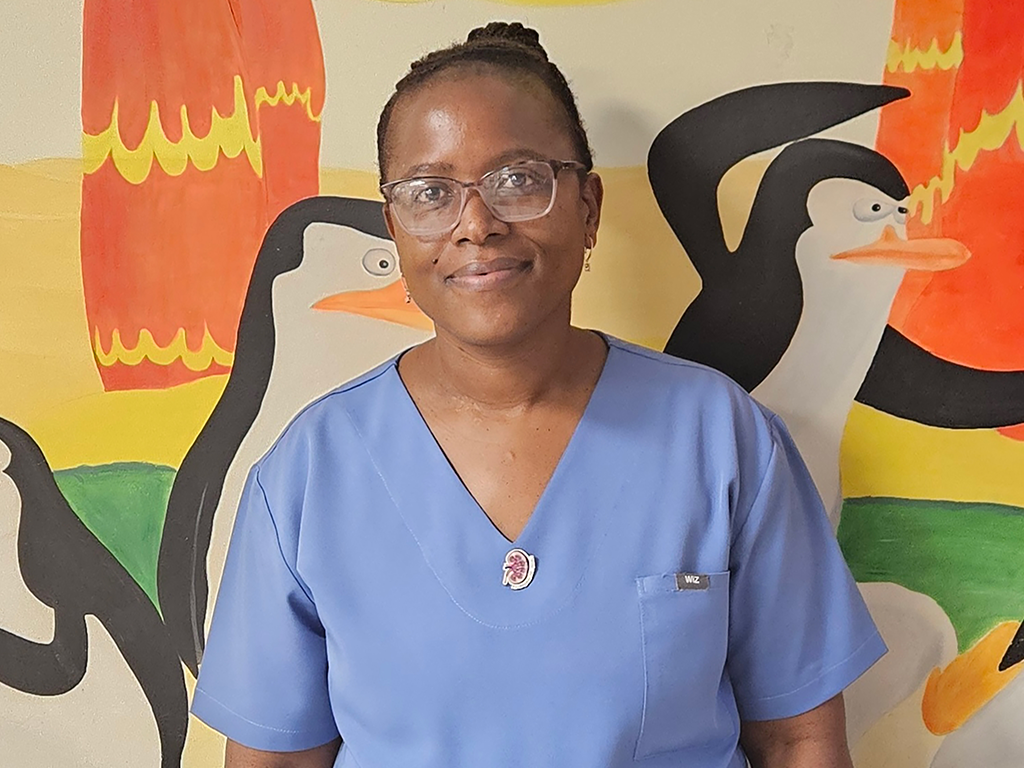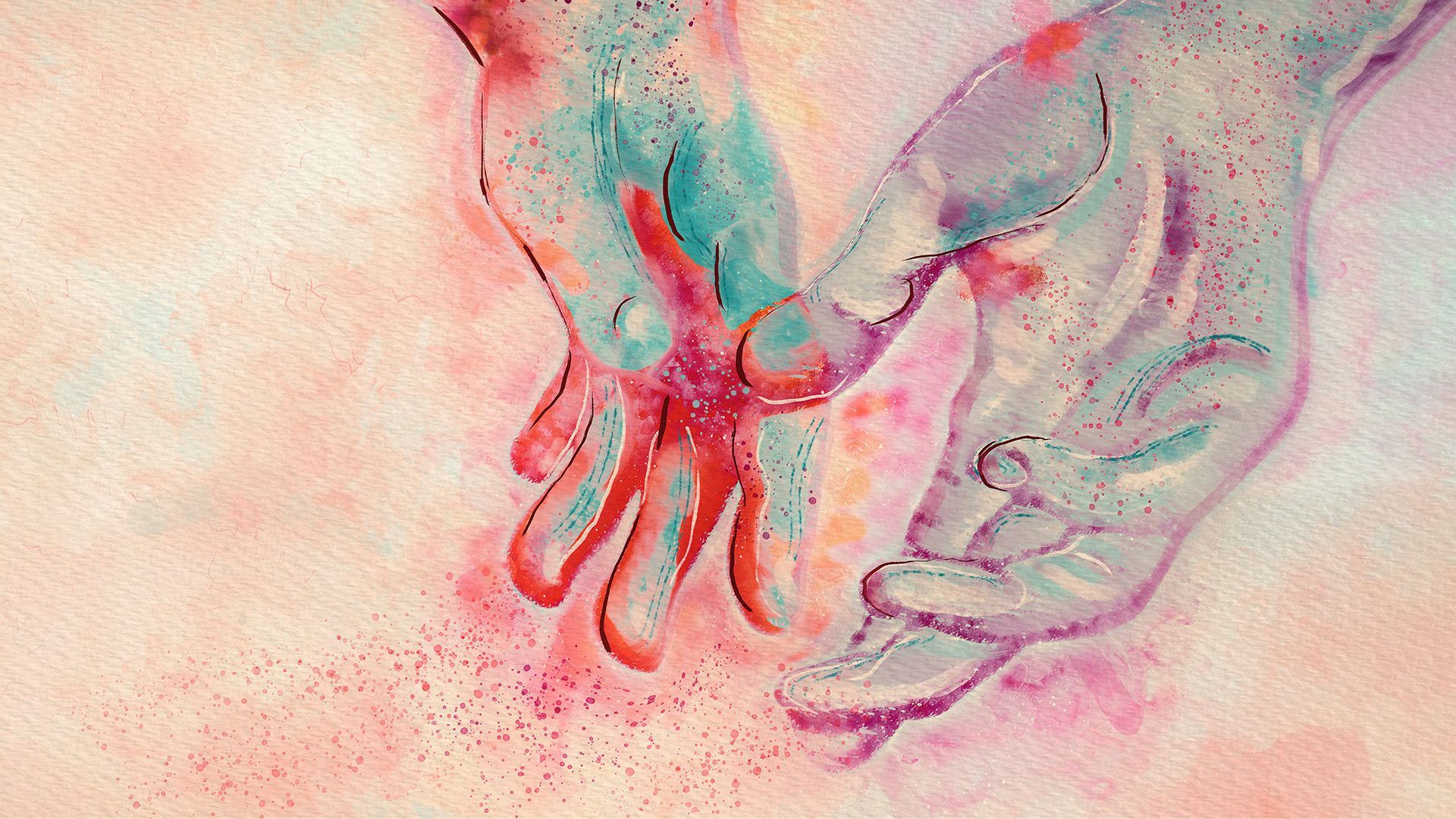Dangers of skin cancer “not only skin deep”
January 14, 2021
People of all colour urged to avoid tragedy by taking precautions, checking irregularities
South Africans spend a great many hours outdoors. All the while the sun above, providing warmth and energy necessary for our survival, is also posing one of the greatest risks to our health if we do not all protect ourselves from its dangerous cancer-causing rays.
According to Dr Dineo Tshabalala, a medical oncologist practising at Netcare Olivedale Hospital, if left undetected skin cancer can be devastating in ways people often do not realise. “Skin cancer is often thought of as being quite literally only on the surface of our bodies. Yet the threat is not only skin deep – without early treatment skin cancer can spread, metastasising to other organs.”
According to the Cancer Association of South Africa (CANSA), skin cancer is the most common cancer worldwide, and as South Africa has one of the highest monitored ultraviolet (UV) levels in the world, it also has one of the highest incidences of skin cancer globally. UVB rays can cause sunburn within fifteen minutes, resulting in permanent damage, while UVA rays can contribute to ageing the skin and DNA damage. Damage from both UVA and UVB rays can lead to skin cancer.
“While the highest incidence continues to occur among white people, in sub-Saharan Africa it is becoming increasingly prevalent among black people with HIV as well as those with albinism, although anyone with compromised immunity is at risk. The risk factors for developing skin cancer include cumulative sun exposure, sun damage and sun burn,” Dr Tshabalala adds.
“The hard truth is that skin cancer spares no one,” says dermatologist, Dr Hetesh Pitamber who practises at Netcare Sunninghill Hospital. “There tends to be a general misconception that non-whites are safe from developing skin cancer because their skins are darker and therefore less sensitive to the sun. However, this is simply not the case. While the disease is certainly more common in the white population, it affects us all.”
Dr Pitamber cautions that the non-white population needs to keep a close eye on any pigmented lesions on the palms of their hands and soles of their feet as well as their nails. Everyone should be aware of the risk areas with those parts of the body exposed to sun more often being most vulnerable. “People tend to think mostly of the face, arms and hands along with the lower legs if out in shorts. What they often don’t consider are the back of the neck, the feet and the ears including inside and behind the ear,” he says.
The three most common types of skin cancer are squamous cell carcinoma, which develops in the squamous cells that make up the middle and outer layers of the skin, basal cell carcinoma, which most often occurs when DNA damage from exposure to ultraviolet radiation from the sun or the use of indoor tanning beds triggers changes in basal cells in the outermost layer of skin, resulting in uncontrolled growth. Cutaneous melanoma is thought to be triggered by intense, occasional exposure to ultraviolet radiation, either from the sun or tanning beds, especially in people who are genetically predisposed to the disease.
Dr Tshabalala notes that basal cell carcinoma rarely metastasizes while squamous cell carcinoma can metastasize if not caught early, with a tendency to spread to the brain via the lymph nodes. Cutaneous melanoma has the highest risk of metastasising and if left unchecked and untreated will spread to the lymph nodes nearest the affected lesion, mole or birthmark.
“From there it can affect multiple organs as the cancer starts to spread through the body. It is for this reason that we must try and diagnose skin cancer as early on as possible, while it is still only at the surface. The only way to cure skin cancer is to cut it out – chemotherapy does not work for melanoma. There are some targeted therapies and other modalities that can be applied but once the cancer has started to spread an oncologist needs to be consulted and further treatment will be advised on a case by case basis,” says Dr Tshabalala.
According to Dr Pitamber, it is during one’s youth when the course for skin health is set. As much as 80% of the damage that will start to show up later in life is caused by sun-induced skin damage that occurred by or before the age of 18 - 21 years. It is for this reason that parents are advised to take extreme precautions in protecting the skin of their children from an early age.
“Sunblock needs to be applied liberally on all areas of the body that are exposed to the sun including the hands, feet, neck and ears as these areas are often neglected. Hats with a wide brim protecting the back of the neck as well as the face are a must, and appropriate UV protective clothing should be worn together with sunscreen when swimming, as UV light penetrates water as well. Sunglasses are important for protecting the eyes too,” he cautions.
“Turning 21 does not mean you are out of the woods when it comes to sun damage,” adds Dr Pitamber. “Adults need to make the conscious effort of applying sunblock daily, even if most of the day is spent inside, as forming this habit can save your life. Reapplication of sunblock is necessary every two to three hours if you are out in the sun, for example in the garden or on the golf course,” says Dr Pitamber.
“Finally, checking your body for any unusual pigmented spots or pointing out any changes you may notice on your loved ones can be the first life-saving step. There can be other conditions that mimic melanoma, for example, and there can be other reasons for unusual marks on the skin but it is best to get it checked out quickly, particularly when it comes to moles or birthmarks. A malignant melanoma needs to be addressed urgently to prevent spread, as this can life threatening,” cautions Dr Pitamber.
Dr Tshabalala adds that while the reporting of skin cancer has improved, there could be greater reports being made still. “It is important for South Africans of all colour to be aware of just how at risk we are in this very sunny climate. Precautions need to be taken at all times and any irregularities in the skin must be checked. It is tragic when something that could so easily have been stopped in its tracks is left to develop into cancer elsewhere in the body,” she concludes.
What to look out for
Dr Tshabalala and Dr Pitamber suggests the ABCDE checklist below for moles:
A
– Asymmetry
(one half different to the other half)
B
– Border
irregularities (scalloped or poorly defined edges)
C
– Colour
(moles with more than one colour, or changes occurring in the colour)
D
– Diameter
(larger than 6mm)
E
– Elevation
(becoming raised and more prominent)
Any lesion that is crusted, not healing, ulcerating or continuously bleeding should alert you to possible basal or squamous cell carcimona.
Prevention is better than cure
Dr Pitamber recommends these precautions to help prevent skin cancer:
- Use sunscreen every day, after moisturiser and before make-up, if using
- Choose a sunblock with a minimum sun protection factor (SPF) of 30, or a 50+ SPF depending on skin type. Look out for sunscreens bearing the CANSA Seal of Recognition (CSOR).
- Reapply liberally every two to three hours.
- Stay out of the sun between 10:00 and 16:00
- Wear a hat, protective clothing and sunglasses when you are outside

April 11, 2025
Colorectal cancer, one of the most prevalent yet preventable cancers, can develop in the colon or rectum, often starting as small polyps that can quietly become malignant if left unchecked. Dr Mpho Ramabulana, a colorectal surgeon and gastroenterologist at Netcare Akasia Hospital, underscores the life-saving power of vigilance and the importance of early detection.

February 28, 2025
The lives of millions of South Africans with a litany of rare diseases can be vastly improved, and even saved, by addressing challenges in identifying, studying and treating their conditions. With Rare Disease Day on the 28th of February 2025, the Rare Diseases Access Initiative (RDAI) is driving an evolution of the country’s healthcare, through innovative strategies to better care for over 4.2million people living with an estimated 7000 rare diseases. “As our healthcare system faces significant changes in the years ahead, it is vital that we also advocate for people living with rare diseases in South Africa, especially those with limited healthcare access,” said Kelly du Plessis, CEO of Rare Diseases South Africa (RDSA), a member of RDAI. “As part of our ongoing research and awareness efforts, RDAI has conducted an initial analysis of the incidence and prevalence of rare diseases within the country.” This research will assist in improving access to healthcare, policy development, and patient advocacy, while giving critical insight into the challenges faced by patients. “According to research, some rare diseases affect fewer than 1 in a million people, while others, such as Down syndrome, cystic fibrosis, and haemophilia, have a more recognisable prevalence,” says Dr. Helen Malherbe, RDAI lead researcher on rare disease prevalence data. “Many conditions are undetected, underdiagnosed or misdiagnosed, with too many having no information available about them at all.” The RDAI was formed in 2019 to promote a more favourable environment for those impacted by rare diseases in South Africa. Participants include Ampath, the Board of Healthcare Funders (BHF), Discovery Health, Genetic Counsellors South Africa (SASHG), the Government Employees Medical Scheme (GEMS), Health Funders Association (HFA), Medihelp, Medscheme, North-West University (NWU), Rare Diseases South Africa (RDSA), the South African Medical Association (SAMA) and The South African Medical Technology Industry Association (SAMED). The Council for Medical Schemes (CMS) participates as an observer. In the same year, Rare Disease International signed a memorandum of understanding with the World Health Organisation leading to an international rare disease policy framework. In 2021, the United Nations General Assembly moved to adopt a resolution recognising 300 million people living with rare diseases worldwide. “A general lack of awareness and delayed diagnosis remain major hurdles for those affected by rare diseases. Policymakers and healthcare stakeholders need to prioritise access to treatment, diagnosis, and support for rare disease patients,” says Bada Pharasi, CEO of IPASA, “Through this initiative, working collaboratively with stakeholders at every level of the healthcare supply chain, we can bring real and meaningful change to those affected, including family members and care givers, through smart and efficient strategies.” The globally agreed definition of a rare disease is any medical condition with a specific pattern of clinical signs, symptoms, and findings that affects fewer than or equal to 1 in 2000 persons in a population. “Most are genetic, and some are inherited and passed down in families,” Malherbe says. “Some affect only the patient’s genetic recipe, while others may be acquired during life due to infection, trauma, or environmental effects. For many, the cause is still unknown. “These conditions mainly affect children, as they are largely incurable and many are life-threatening. Some require specialised and co-ordinated care, some have limited and expensive treatment options, while others have no information or effective treatments at all,” she adds. The RDAI is calling for a patient-centred care model built on equitable access, transparency and efficiency. Naturally, this model calls for the open participation of patients, the healthcare industry, health professionals, and the Government. “The most critical elements are robust diagnosis standards, improved access to treatment, data collection and management, co-ordination of care, measurement of outcomes and ongoing collaborative research,” du Plessis says. “We need to establish rare disease advisory committees, map gaps and opportunities, establish system requirements, create a roadmap and plan a phased implementation with clear timelines.” The RDAI states that these policy development steps would be a start in quantifying the disease burden and defining standards of care. This would be followed by building and strengthening the capacity to facilitate appropriate diagnosis, treatment, continuity and data monitoring. Thoneshan Naidoo, Chief Executive Officer of the Health Funders Association noted that, “We appreciate the unique opportunity provided by RDAI which enables stakeholders across the industry to work together and identify strategies that improve equitable access to the appropriate diagnosis, treatment and healthcare services for rare disease patients, in an affordable and sustainable manner, taking account of the other pressing needs across the healthcare system.” “True innovation in healthcare is only possible through partnerships and joint advocacy efforts that raise awareness and improve access to treatment. Our long-term goal is the development of a rare diseases policy framework and guidelines for coordinated care,” says Pharasi. “Our members are united in the commitment to unlocking improved patient outcomes and improving access to services and robust health needs assessment facilities.” he concludes. About RDAI The Rare Diseases Access Initiative (RDAI) is dedicated to advocating for improved healthcare access, policy development, and patient support for those affected by rare diseases in South Africa. The initiative brings together key healthcare stakeholders, including pharmaceutical associations, funders, genetic specialists, and patient advocacy groups, to drive impactful change. About RDSA Founded in 2013, Rare Diseases South Africa (RDSA) is a non-profit organisation advocating to ensure that people living with rare diseases and congenital disorders experience greater recognition, support, improved health service and better overall quality of life. Started out of personal need following the diagnosis of organisation founder, Kelly du Plessis' son, it became evident that there was a lack of awareness and support for rare diseases in general in South Africa. About IPASA The Innovative Pharmaceutical Association South Africa (IPASA) is a voluntary trade association representing 24 leading pharmaceutical companies committed to research, development, and innovation. Our mission is to drive healthcare advancement by advocating for policies that improve patient access to safe, high-quality, and affordable medicines.











